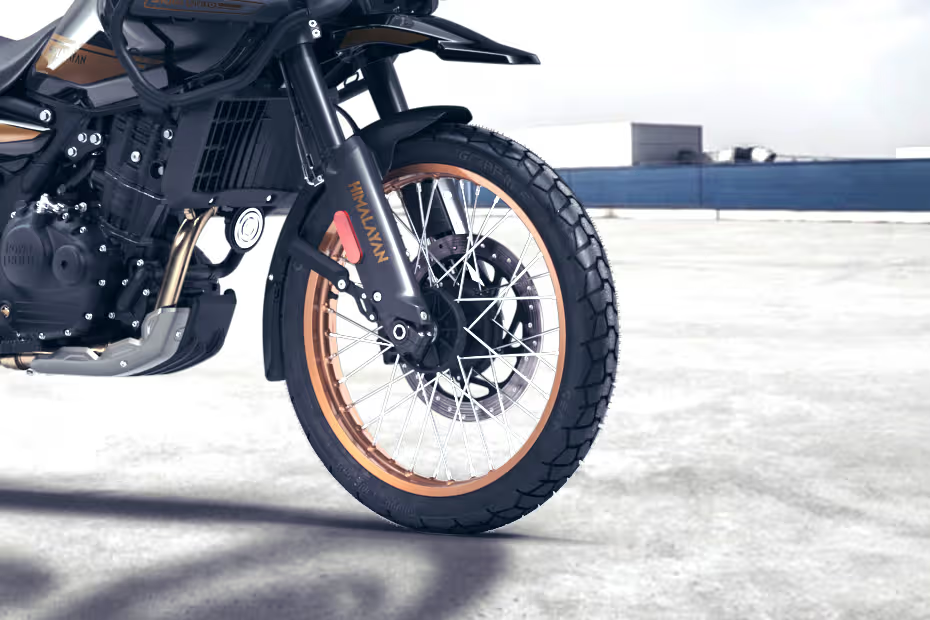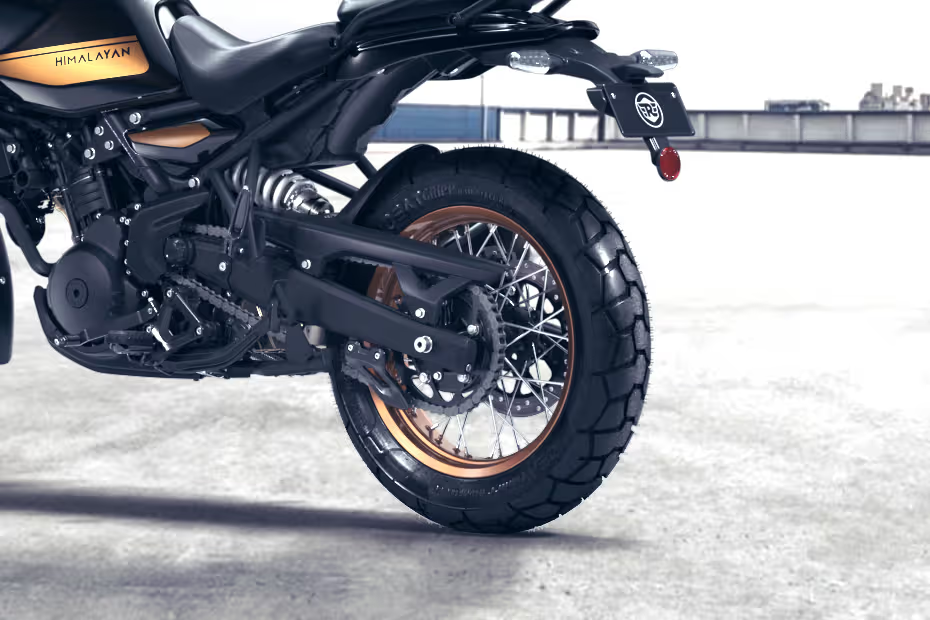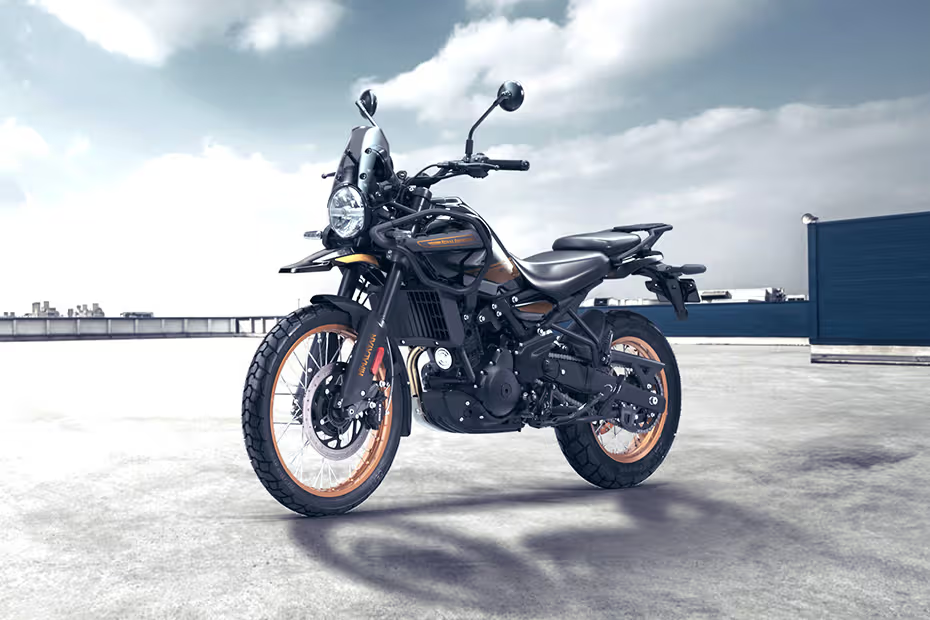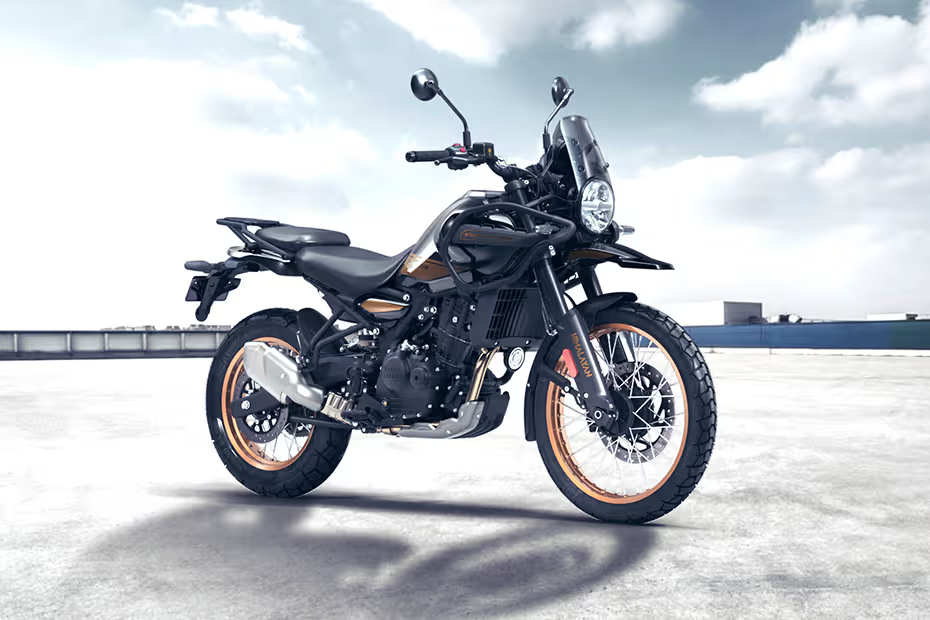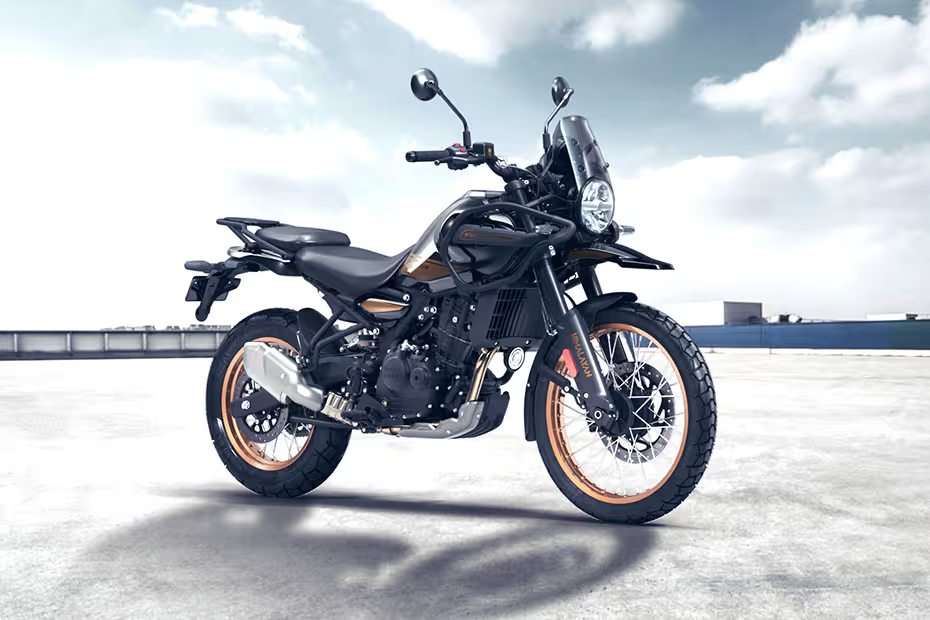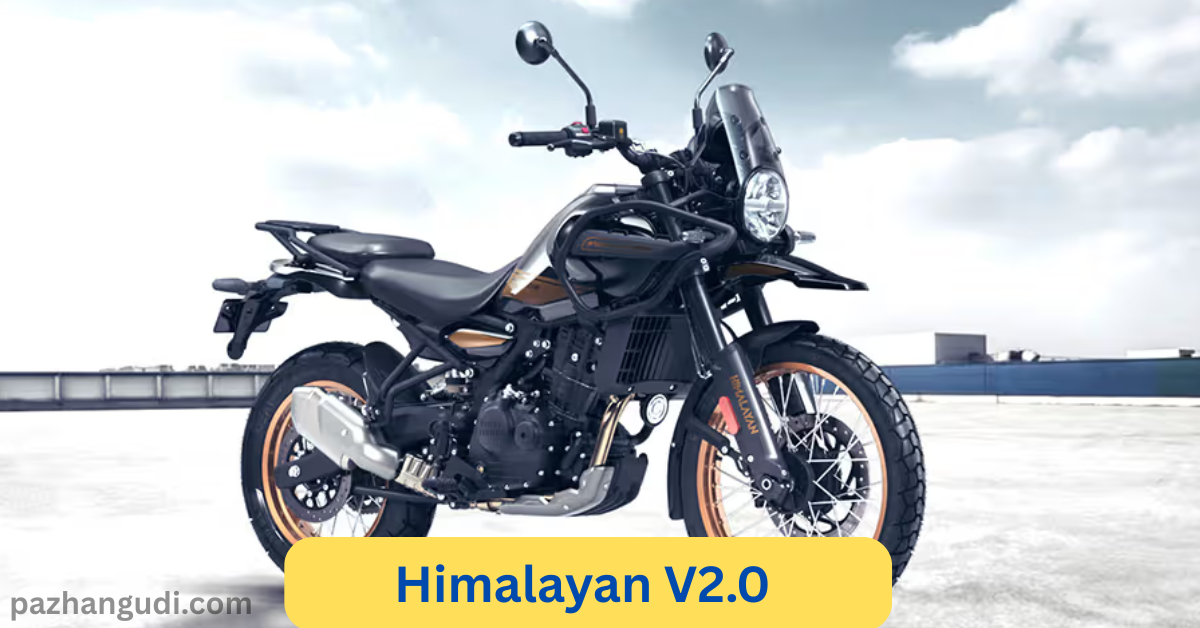The thunder of combustion engines has long defined motorcycle adventure, but a seismic shift echoes through the Himalayas. Spied testing in the thin air of Ladakh at 5,350 meters, Royal Enfield’s Himalayan Electric V2.0 (codenamed HIM.E) isn’t just another EV prototype—it’s a rally-bred, suspension-savvy revolution wrapped in minimalist design. With bookings for its gasoline sibling Himalayan 450 overflowing globally, this electric iteration—featuring an Öhlins-suspended chassis and integrated LED rally tower—signals Royal Enfield’s audacious bid to dominate the electric overland frontier .
Why the V2.0 Matters: Beyond “Just Another Electric Bike”
- The Range Anxiety Killer: Designed for India’s brutal terrain and unreliable charging infrastructure, its structural battery pack acts as a stressed member—boosting rigidity while cutting weight .
- Rally DNA for the Masses: Borrowing from Stark Future (in which RE holds a 10% stake), it integrates professional off-road geometry with real-world usability .
- Suspension as a Statement: Fully adjustable Öhlins USD forks and monoshock—unprecedented in sub-$8,000 electric motorcycles—signal RE’s performance commitment .
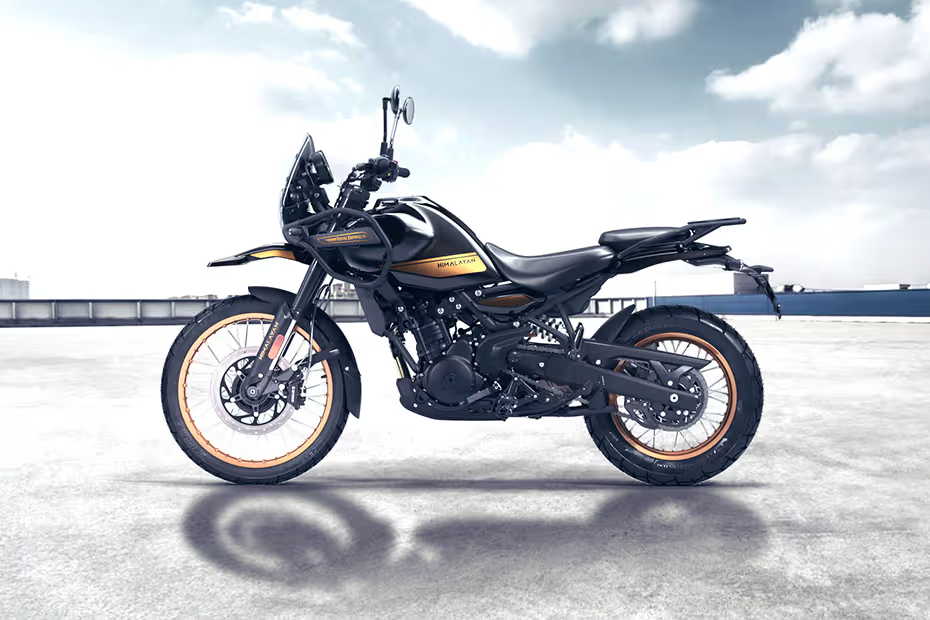
Table 1: Evolution from Concept to Ladakh Test Mule – Key Design Shifts
| Feature | HIM.E Concept (2023) | V2.0 Test Mule (2025) | Functional Impact |
|---|---|---|---|
| Frame | Hybrid steel “Omega” mockup | Full aluminum chassis | 30% weight reduction, corrosion resistance |
| Suspension | Öhlins TTX (non-adjustable) | Fully adjustable Öhlins USD forks + monoshock | Tunable damping for Himalayan rock gardens |
| Battery Integration | Exposed cells, prototype casing | Textured aluminum armor casing | Dust/water protection (IP67 equivalent) |
| Riding Position | Flat bench seat | Sculpted single-piece rally seat | Stand-up ergonomics for technical terrain |
| Lighting | Basic LED cluster | Integrated rally tower w/ dual projectors | Wider beam spread for trail scanning |
| Dashboard | Minimalist LCD | 7″ ECUMASTER rally display | Navigation overlay, pitch/roll metrics |
See more: V-Strom 800DE Launched in India: The Ultimate Adventure Bike for 2025?
I. Anatomy of an Electric Mountaineer: Design & Hardware Breakdown
A. The Rally-Ready Skeleton
Gone is the HIM.E concept’s experimental vibe. The V2.0 test mule reveals a machined aluminum frame with visible welds—prioritizing function over cosmetic perfection. The battery box wears a textured, finned aluminum shell aiding heat dissipation during fast-charging. Critical luggage mounts are milled directly into the subframe, enabling bolt-on panniers without aftermarket racks .
B. Öhlins Suspension: The Game Changer
Unlike the showpiece gold shocks on custom builds, these are production-spec Öhlins with 240mm travel—confirmed by adjustable compression/rebound dials. Key advantages over the gasoline Himalayan 450:
- Thermal Stability: Nitrogen-charged damping resists fade during continuous corrugations
- Weight Compensation: Springs recalibrated for battery mass concentration
- Rally Mode: Preload can be reduced instantly for sand sections
C. The LED Rally Tower: More Than Aesthetics
The CNC-machined tower (sourced from Italian firm 4K Parti Speciali) integrates two critical systems:
- Dual Projector LEDs: 30° wide beam (4,500 lumens) + 10° spot beam (5,200 lumens)
- 7-inch ECUMASTER display: Mounted vibration-free via elastomer bushings
This isn’t a cosmetic add-on—it centralizes mass and withstands impacts that would shear off standard brackets .
Watch full review video:
Table 2: LED Rally Tower vs. Stock Lighting – Performance Metrics
| Parameter | Stock Himalayan 450 LED | V2.0 Rally Tower | Advantage |
|---|---|---|---|
| Lumens (Low Beam) | 1,200 | 4,500 (Wide) | 275% brighter peripheral vision |
| Beam Distance | 120 meters | 250+ meters | Early obstacle detection |
| DRL Options | Single-color white | Switchable white/amber | Fog/rain adaptability |
| Power Draw | 18W | 42W (total system) | Sustained output without voltage drop |
| Impact Resistance | Standard IP65 | MIL-STD-810G vibration tested | Survives rock strikes at speed |
| Mounting Security | Fork-mounted | Triple-clamp anchored | Zero wobble at 100km/h+ |
II. Performance & Terrain Mastery: Beyond Spec Sheets
A. Real-World Range Analysis
While official figures remain guarded, engineers hint at 135-160 km real-world range (ECO mode) based on Ladakh testing variables:
- -10°C overnight drain: 8-12% battery loss
- High-altitude compensation: 15% more efficient than gasoline above 4,000m
- Regeneration mapping: 4 levels including “Descent Mode” mimicking engine braking
B. Torque Delivery: Electric Advantage Unleashed
The axial flux motor (positioned ahead of the swingarm pivot) delivers 0-RPM torque surge critical for:
- Hill Recovery: No clutch feathering on 30° gravel inclines
- Water Crossings: Consistent power through submerged sections
- Rock Crawling: 3 km/h precise throttle modulation
C. Weight Distribution & Agility
At 185 kg estimated curb weight, it undercuts the gas Himalayan by 9 kg. The low-slung battery placement yields a 49.5/50.5 front/rear balance—superior to the KTM 390 Adventure’s 52/48. Test riders noted flickability matching 250cc enduros in tight singletrack .
III. Ownership Economics: Decoding the Premium
A. The Öhlins Ownership Equation
While standard Himalayan 450 shocks require rebuilds every 20,000 km, Öhlins offers:
- 100,000 km seal life with annual oil changes
- Crash rebuild program: 40% cost of new units
- Resale premium: Projected 25% higher than base models after 3 years
B. Charging Infrastructure Strategy
Royal Enfield’s partnership with “Himalayan Charging Corridors” targets:
- Solar-powered stations at 80 km intervals on NH1 (Delhi-Leh)
- Swappable battery pilots: For tour operators in Spiti Valley
- Regenerative routing: Navigation suggesting descent paths to recharge 15-20%
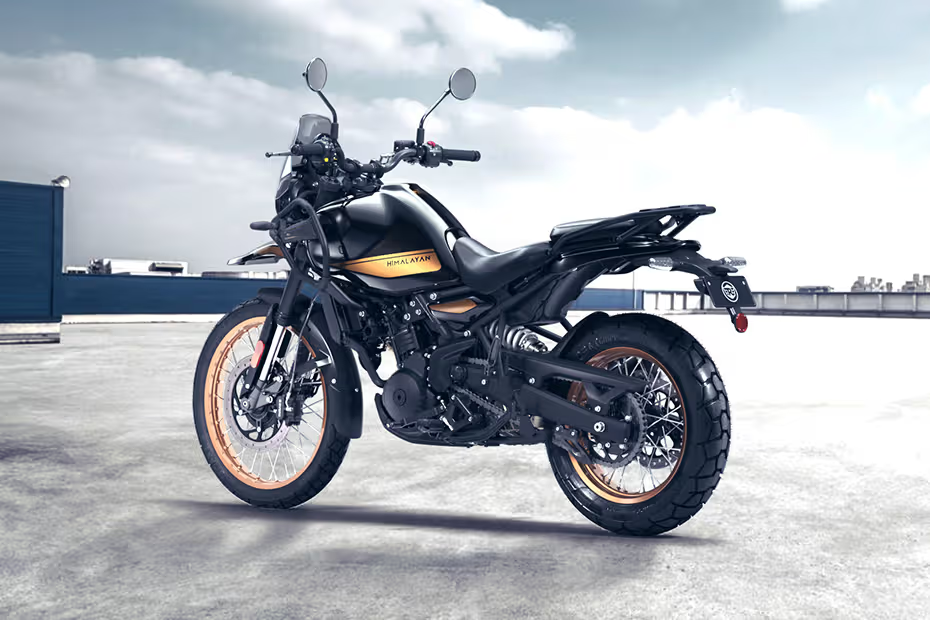
Table 3: 5-Year Ownership Cost vs. Gasoline Himalayan
| Cost Factor | Himalayan 450 | Himalayan Electric V2.0 | Notes |
|---|---|---|---|
| Purchase Price | ₹3.10 lakh | ₹5.25 lakh (est) | Includes FAME-III subsidy |
| Fuel/Energy | ₹1.85 lakh | ₹48,000 | 30,000 km/year @ ₹110/L vs ₹6/kWh |
| Suspension Maint. | ₹42,000 | ₹18,000 | Öhlins service kit savings |
| Brake Pads | ₹12,000 | ₹6,000 | Regenerative braking reduces wear |
| Resale Value | 52% (Y5) | 68% (Y5 projected) | Early-adopter premium for limited edition |
| Total Cost | ₹5.49 lakh | ₹6.47 lakh | Difference: ₹98,000 |
IV. The LED Revolution: Why Rally Towers Beat Auxiliary Lights
A. The Legal Nightmare of Auxiliary Lights
Riders face increasing crackdowns globally:
- EU Regulation 149: Fines up to €500 for non-compliant add-on lights
- India’s Rule 104 (MV Act): Police impounding bikes with “blinding” fog lamps
- Insurance Voidance: Accidents blamed on “unauthorized modifications”
B. Optical Superiority of Integrated Projectors
The V2.0’s dual LEDs solve core issues plaguing reflector-based stock lights:
- Crisp Cutoff Line: Prevents glare to oncoming traffic despite high output
- 3-in-1 Color Tech: Switchable 3,300K (fog), 4,300K (rain), 6,000K (clear night)
- Heat Management: Copper heatsinks prevent thermal throttling during 8-hour rides
V. Competitive Landscape: Who Should Fear the HIM.E?
A. Direct Rivals & Their Weaknesses
- Stark Varg: Lacks road legality, no touring features
- Zero FXE: Short-travel suspension, minimal weather protection
- Hero Vida V1 Pro: Street-focused, no off-road capability
B. The Gasoline Contingent
- KTM 390 Adventure: Higher CG, no low-end torque
- Honda CB350 RX: Road-biased, insufficient ground clearance
Table 4: Electric ADV Motorcycle Comparison (2025)
| Model | Peak Torque | Suspension Travel | Fast Charge | Off-Road Modes | Price (est) |
|---|---|---|---|---|---|
| RE Himalayan V2.0 | 90 Nm @ 0 RPM | 240mm F / 230mm R | 0-80%: 45 min | 4 (inc. Rally) | ₹5.25 lakh |
| Stark Varg | 110 Nm @ 0 RPM | 310mm F / 300mm R | Not supported | 6 (Track-focused) | ₹7.80 lakh |
| Zero FXE | 78 Nm @ 0 RPM | 180mm F / 180mm R | 0-95%: 60 min | 2 (Street/ECO) | ₹4.90 lakh |
| Tork Kratos X | 68 Nm @ 0 RPM | 190mm F / 190mm R | 0-80%: 50 min | 1 (Standard) | ₹4.20 lakh |
The Future: What V2.0 Signals for RE’s Electric Roadmap
- Modular Platform: This chassis will spawn a scrambler (codenamed “Sherpa”) by 2026
- Battery Swap Stations: Prioritizing Himachal Pradesh & Uttarakhand adventure routes
- Rally Replicas: Factory editions with Öhlins TTX suspension and titanium skid plates
Conclusion: The Electric Trailblazer We Needed
The Himalayan Electric V2.0 isn’t perfect—its 160 km range won’t satisfy Dakar dreamers, and the ₹5.25 lakh price will sting. But as a real-world, regulation-compliant overlander, it achieves the impossible: making electric adventure riding desirable without caveats. By combining Öhlins’ suspension mastery with rally-bred lighting, Royal Enfield hasn’t just built a motorcycle—it’s engineered a bridge between gasoline nostalgia and electric inevitability.
When test rider Anshul Patel radioed base camp after conquering the 5,328m Tanglang La pass, his words crystallized the revolution: “No altitude sickness. No vapor lock. Just silent torque carving ice walls.” For a generation raised on the roar of the Himalayan 411, that silence speaks volumes.
Sources:
- Royal Enfield HIM.E Testing in Ladakh (New Atlas)
- Himalayan Electric V2.0 Gallery (BikeWale)
- Öhlins Suspension in Rally Builds (Bike EXIF)
- LED Lighting Technology Breakdown (Vaishnu)
- Electric ADV Market Analysis (Cartoq)
Himalayan V2.0 Highlights:

